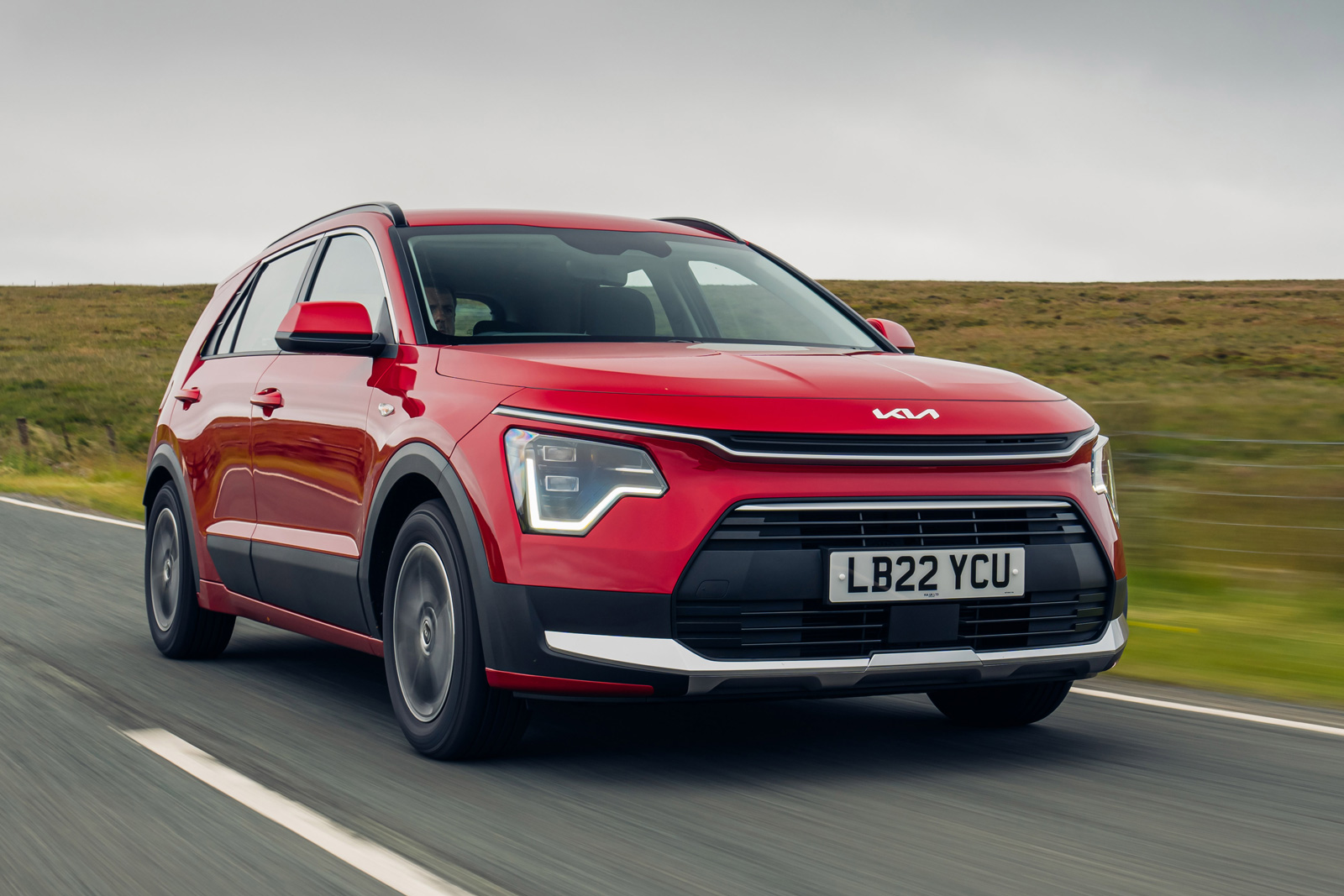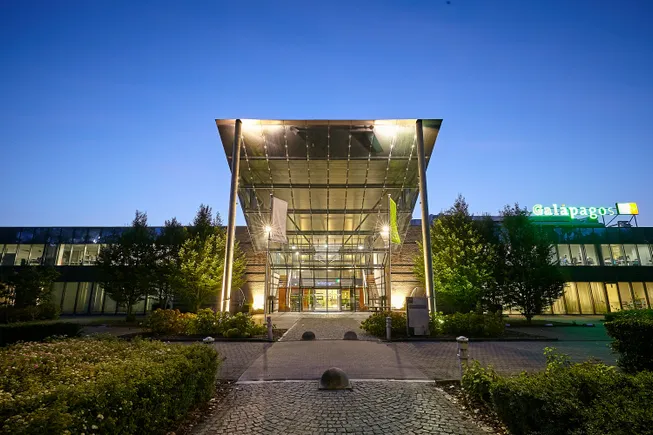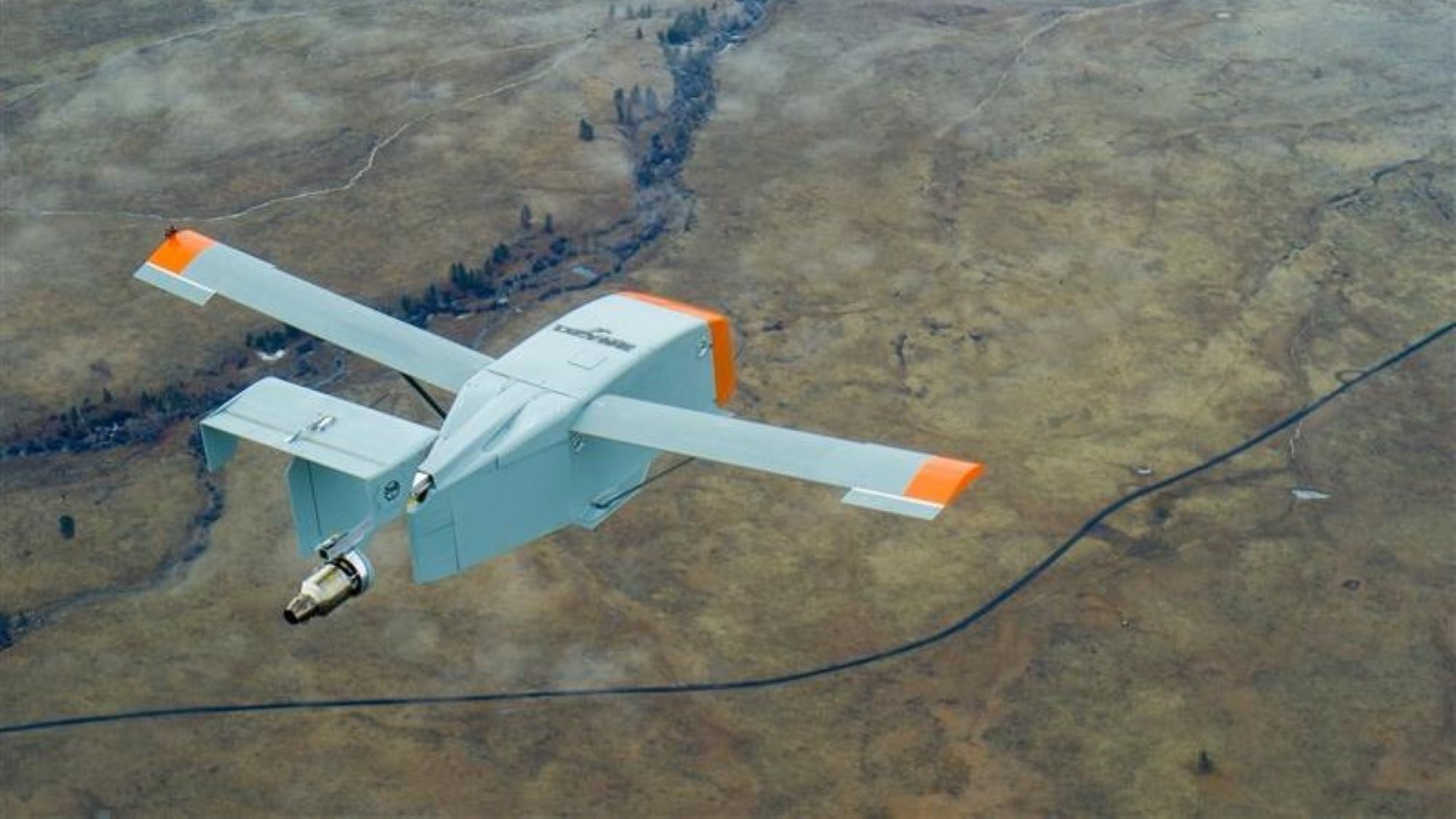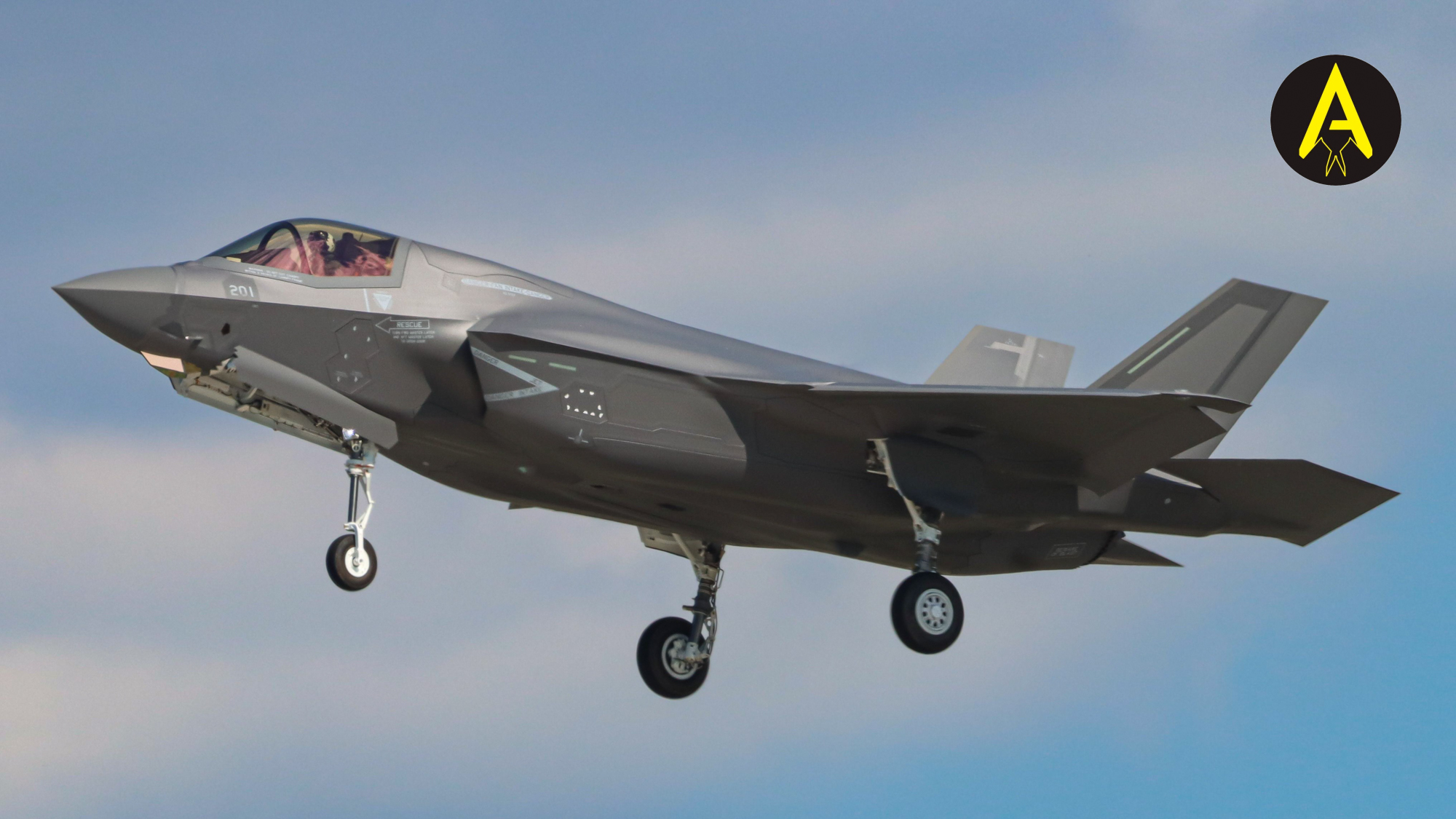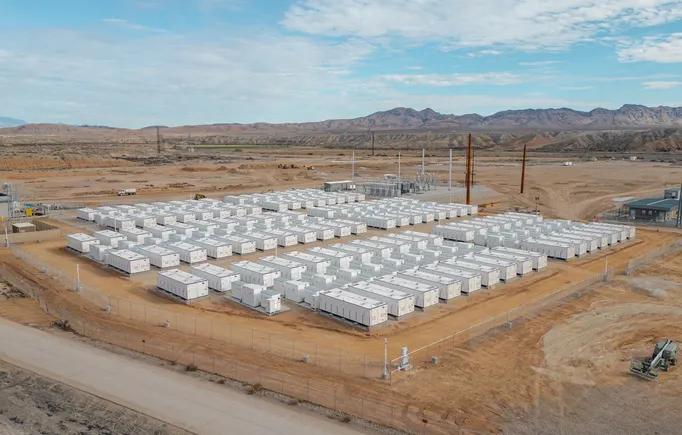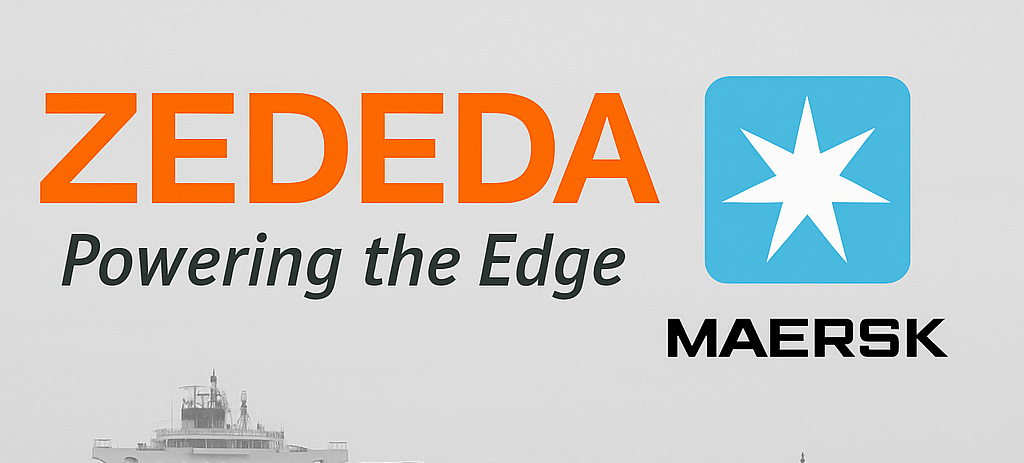Hybrid IoT Networks: Integrating Multiple Communication Technologies for Seamless Logistics
In today’s hyperconnected supply chain environment, the Internet of Things (IoT) is the operational backbone for visibility, optimization, and automation. But with the explosion of IoT devices across transportation, warehousing, and distribution, logistics providers face a critical challenge: how to ensure continuous, reliable, and cost-effective communication across diverse physical environments and use cases. The solution? […] The post Hybrid IoT Networks: Integrating Multiple Communication Technologies for Seamless Logistics appeared first on Logistics Viewpoints.

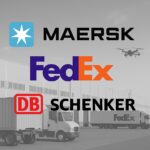
 In today’s hyperconnected supply chain environment, the Internet of Things (IoT) is the operational backbone for visibility, optimization, and automation. But with the explosion of IoT devices across transportation, warehousing, and distribution, logistics providers face a critical challenge: how to ensure continuous, reliable, and cost-effective communication across diverse physical environments and use cases. The solution? Hybrid IoT networks.
In today’s hyperconnected supply chain environment, the Internet of Things (IoT) is the operational backbone for visibility, optimization, and automation. But with the explosion of IoT devices across transportation, warehousing, and distribution, logistics providers face a critical challenge: how to ensure continuous, reliable, and cost-effective communication across diverse physical environments and use cases. The solution? Hybrid IoT networks.
What Are Hybrid IoT Networks?
A hybrid IoT network is an architecture that blends multiple wireless (and sometimes wired) communication technologies—such as Wi-Fi, Bluetooth, LoRaWAN, NB-IoT, LTE/5G, Zigbee, and satellite—into a cohesive system. Rather than relying on a single protocol, hybrid networks dynamically select the best channel or protocol based on range, bandwidth, power efficiency, and latency requirements.
This multi-modal approach ensures robust connectivity across different segments of the logistics journey—from remote shipping yards and urban fulfillment centers to moving trucks and temperature-sensitive containers.
Why Logistics Demands Hybrid Connectivity
Logistics environments are inherently heterogeneous. Consider these real-world scenarios:
- A sensor on a shipping container crossing the ocean may require satellite communication until it enters port Wi-Fi coverage.
- Warehouse robots need high-speed, low-latency local communication, ideally supported by Wi-Fi 6 or private 5G.
- Cold-chain temperature sensors need long battery life and wide-area reach, making LPWAN protocols like LoRaWAN ideal.
- Fleet vehicles may roam between urban and rural environments, requiring a blend of 5G and LTE fallback options.
No single technology can economically and technically fulfill all these requirements. That’s where hybrid networks shine.
Core Components of a Hybrid IoT Network in Logistics
1. Multi-Protocol Gateways
Gateways are the heart of hybrid IoT networks. These edge devices collect data from various local protocols (Bluetooth, Zigbee, LoRa, etc.) and relay it to cloud platforms using higher-bandwidth links like LTE or Ethernet. Some advanced gateways also support protocol translation and edge computing.
2. Adaptive Connectivity Management
Smart devices and gateways now feature SIM/eSIM modules and connectivity management platforms that can switch between cellular networks or satellite services based on signal strength, cost, and policy rules.
3. Edge Intelligence and AI Routing
AI-powered routers and edge servers can determine which data to process locally, what to send to the cloud, and which network path to use. This minimizes latency, saves bandwidth, and improves reliability.
4. Unified Device Management Platforms
Cloud-based platforms enable logistics companies to configure, monitor, and update devices across diverse protocols from a single interface.
Communication Technologies in the Hybrid Mix
| Technology | Strengths | Weaknesses | Ideal Use Case |
|---|---|---|---|
| Wi-Fi | High bandwidth, low latency | Short range | Warehouse automation |
| Bluetooth/BLE | Low power, short range | Interference-prone | Asset tags, handheld scanners |
| Zigbee | Mesh networking, low power | Limited range | Smart shelving, warehouse sensors |
| LoRaWAN | Long range, low power | Low bandwidth | Cold chain, outdoor sensors |
| NB-IoT/Cat-M | Good coverage, battery-saving | Latency, low speed | Mobile asset tracking |
| LTE/5G | High speed, low latency | Cost, power use | Fleet telematics, video streaming |
| Satellite | Global coverage | High cost, latency | Ocean freight, remote areas |
Real-World Use Cases of Hybrid IoT Networks
Maersk: Cold Chain Tracking via Satellite, Cellular, and Bluetooth
Maersk has implemented a hybrid IoT architecture to monitor its fleet of over 450 vessels and 300,000 refrigerated containers using a combination of LTE, NB-IoT, and satellite communication. These containers are equipped with sensors that track temperature, location, and humidity in real time — switching between wireless protocols depending on location and network availability.
Impact:
- Real-time visibility across transoceanic routes
- Enhanced cold-chain integrity and customer trust
- Reduced spoilage and insurance claims
FedEx SenseAware ID: Multimodal Sensor Tracking for Critical Shipments
FedEx’s SenseAware ID uses Bluetooth Low Energy (BLE) and cellular connectivity to track critical shipments like pharmaceuticals, organs for transplant, and sensitive electronics. BLE beacons communicate with gateways in FedEx facilities, while cellular data ensures visibility during transport.
Impact:
- Real-time, high-frequency package location updates
- Enhanced transparency and risk mitigation for high-value deliveries
- Seamless tracking from facility to final destination
DB Schenker: Smart Label Hybrid IoT for Freight Visibility
DB Schenker uses connect2track, a smart label solution integrated with cellular and LPWAN connectivity, to provide global shipment visibility. Developed in partnership with Sensos, the label monitors shipment conditions (temperature, light, shock) and tracks movement throughout the supply chain using hybrid low-power cellular communications.
Impact:
- Automated alerts for environmental deviations
- Increased security for sensitive cargo
- End-to-end visibility using minimal power
Benefits of Hybrid IoT Networks in Logistics
- End-to-End Visibility
Hybrid networks ensure that there are no blind spots from first mile to last. - Business Continuity
Redundancy through multiple communication paths reduces downtime and risk of data loss. - Cost Optimization
Devices can switch to the most cost-effective connection based on policy—e.g., using Wi-Fi when available instead of cellular. - Scalability
Logistics firms can add new device types and communication layers without overhauling the entire system. - Sustainability
Low-power protocols and intelligent routing reduce energy consumption and support ESG goals.
Challenges and Considerations
- Interoperability: Managing devices across protocols and vendors requires standardization and robust middleware.
- Security: Each communication layer adds a potential attack surface. Zero-trust architectures and end-to-end encryption are critical.
- Data Harmonization: Integrating data streams with different formats and latencies into a unified dashboard is non-trivial.
- Cost Management: Hybrid connectivity can be cost-effective—but only with smart orchestration tools to avoid runaway fees.
The Future: AI-Driven, Self-Optimizing Logistics Networks
The next frontier lies in AI-driven self-optimizing networks. These systems will not only select the optimal communication mode but also:
- Predict network congestion and reroute accordingly
- Prioritize critical data (like damage alerts) over routine logs
- Learn patterns to conserve energy or bandwidth
- Auto-diagnose and self-heal connectivity issues
Coupled with digital twins, predictive maintenance, and real-time logistics orchestration, hybrid IoT networks will become the intelligent nervous system of tomorrow’s supply chains.
Hybrid IoT networks are more than a technical workaround — they are a strategic foundation for the future of logistics. As supply chains grow more complex and globally integrated, the ability to dynamically combine communication protocols will define leaders in agility, customer satisfaction, and efficiency.
By investing in hybrid IoT today, logistics providers are preparing for a world where connectivity equals competitiveness.
The post Hybrid IoT Networks: Integrating Multiple Communication Technologies for Seamless Logistics appeared first on Logistics Viewpoints.












